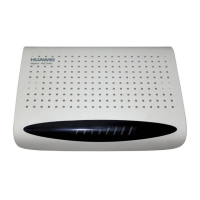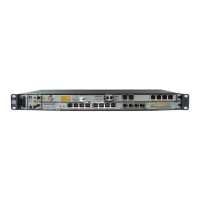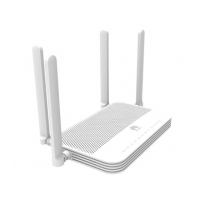6 Application Scenarios
The iSitePower-M is mainly used in houses, apartments, shops, and business
outlets. Based on
dierent energy inputs, the application scenarios are classied
into six types.
● PV+ESS
● Mains+ESS
● PV+mains+ESS
● PV+genset+ESS
● Mains+genset+ESS
● PV+mains+genset+ESS
● In a parallel system, the battery SOC settings of the master and slave products
can be
dierent. When setting the battery SOC, you need to set the master and
slave products separately.
● Optimizers are not supported in any scenario.
● The time for switching from bypass mode to inverter mode is less than 20 ms.
● The startup power of the genset cannot exceed three to seven times the rated
power of the genset to ensure that the startup power does not exceed the
loading power of the equipment. For example, if the rated power of the genset
is 1 kW, the startup power cannot exceed 3–7 kW.
6.1 PV+ESS
Working Logic
Power supply priority: PV > ESS
1. When the PV power is greater than the load power, the PV system supplies
power to the loads and charges the ESSs.
2. When the PV power is less than the load power or there is no PV power, the
PV system and the ESSs supply power to the loads. When the ESSs discharge
iSitePower-M (MAP05A1, MAB05B1)
User Manual 6 Application Scenarios
Issue 06 (2023-04-24) Copyright © Huawei Digital Power Technologies Co., Ltd. 48

